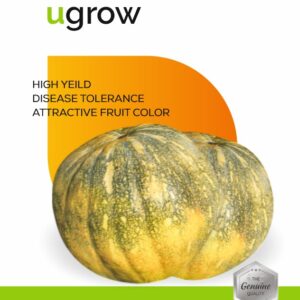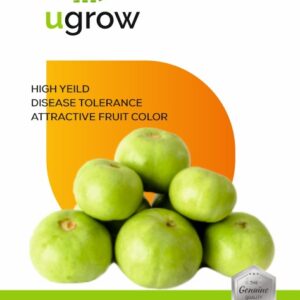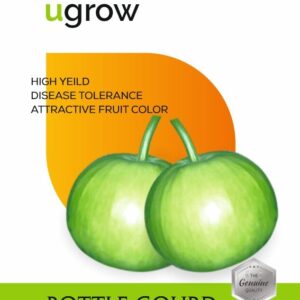Coriander, also known as cilantro or Chinese parsley, is a popular herb used in cooking for its fresh leaves and dried seeds. Growing coriander is relatively easy, and it can be done in both outdoor gardens and indoor containers. Here’s a guide on how to grow coriander:
Growing Conditions:
- Sunlight:
- Coriander prefers partial shade to full sunlight. If you’re growing it indoors, place it near a south or west-facing window that receives ample sunlight.
- Soil:
- Well-draining soil is essential for coriander. It prefers a loamy or sandy soil with good fertility. Ensure the soil pH is between 6.2 and 6.8.
- Watering:
- Keep the soil consistently moist. Coriander doesn’t like to dry out completely. Water whenever the top inch of soil feels dry.
- Temperature:
- Coriander grows well in cool to moderate temperatures. It’s a cool-season herb and may bolt (go to seed) in hot weather.
Planting:
- Seeds:
- Directly sow coriander seeds outdoors after the last frost date. Plant the seeds about 1/4 to 1/2 inch deep and space them 6 to 8 inches apart.
- Successive Planting:
- Consider successive plantings every 2-3 weeks to ensure a continuous harvest. This is especially useful as coriander tends to bolt quickly in warm weather.
- Indoor Planting:
- If growing coriander indoors, sow the seeds in a well-draining potting mix. Ensure the container has drainage holes. Place the pot in a sunny location.
Care Tips:
- Thinning:
- If you’ve planted coriander seeds closely together, thin the seedlings to provide adequate space for growth.
- Fertilizing:
- Coriander doesn’t require heavy fertilization. A balanced, all-purpose fertilizer applied at planting is usually sufficient.
- Harvesting Leaves:
- Harvest coriander leaves when the plant reaches a height of 6-8 inches. Snip the leaves from the outer parts of the plant. Regular harvesting encourages bushier growth.
- Harvesting Seeds:
- Allow some plants to go to seed if you want to harvest coriander seeds. The seeds will develop when the plant bolts. Harvest them when they turn brown.
Pests and Diseases:
- Coriander is relatively resistant to pests and diseases. However, watch for aphids and caterpillars. Treat any infestations with insecticidal soap or neem oil.
Culinary Uses:
- Coriander leaves are commonly used in salads, salsas, and various dishes, especially in Asian, Middle Eastern, and Latin American cuisines. The seeds are ground into coriander powder and used as a spice.
Growing coriander at home ensures a fresh and steady supply of this flavorful herb for your culinary endeavors. With proper care and attention to its growing conditions, you can enjoy coriander from seed to leaf or seed to spice in your kitchen.















by vorbelutrioperbir
A person essentially help to make seriously articles I would state. This is the first time I frequented your website page and thus far? I surprised with the research you made to make this particular publish incredible. Fantastic job!
by zoritoler imol
Great beat ! I wish to apprentice while you amend your site, how could i subscribe for a blog web site? The account helped me a acceptable deal. I had been tiny bit acquainted of this your broadcast provided bright clear idea